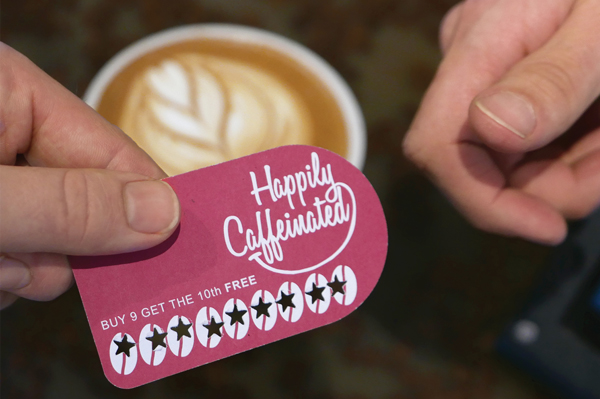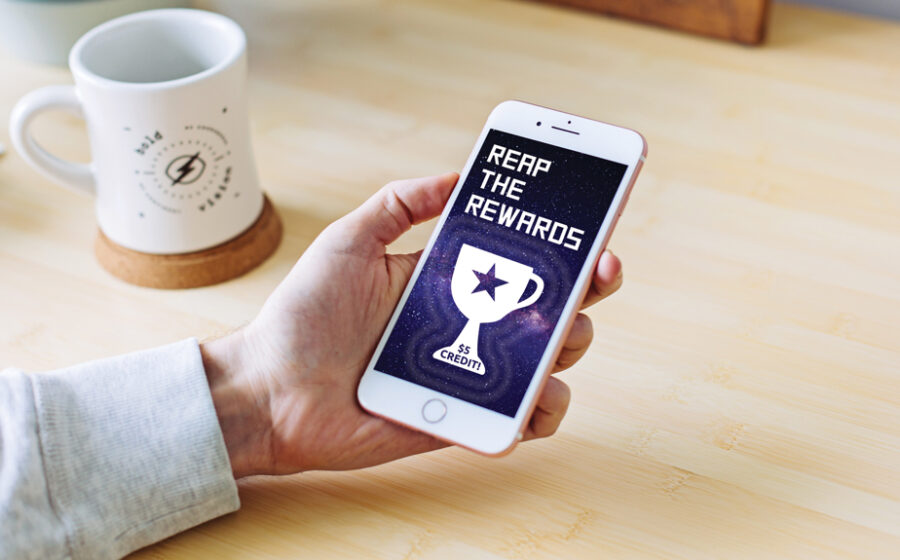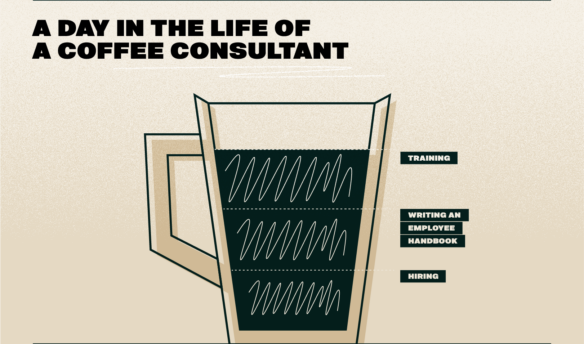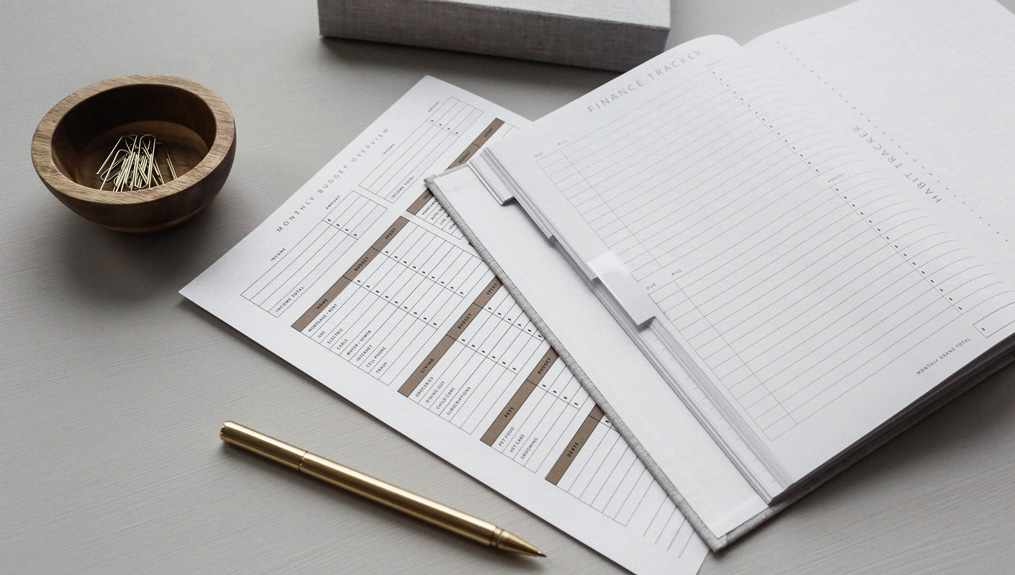At Rose City Coffee Company, customers can earn free drinks by asking their barista to punch old-school paper loyalty cards, or they can sign up for email notifications with codes to access special deals. The combination low-/high-tech loyalty program appeals to a broader range of customers at the Portland, Oregon, coffee shop. “A loyalty program was important for us, not only to build business but to give back to our customers,” explains owner Christie Gryphon. “Our loyalty program isn’t the cause for someone to come in, but it’s a nice show of appreciation for our regular customers.”
Loyalty programs are ubiquitous in the United States. Consumers hold 3.8 billion memberships in consumer loyalty programs—and the number of sign-ups continues to expand, increasing 15 percent over the last year, according to Colloquy, a firm that studies loyalty marketing.
While most coffee shops still hand out paper cards and punch them each time a customer purchases a drink, others are launching creative efforts with an eye on increasing loyalty.
NEXT GENERATION LOYALTY PROGRAMS
Digital punch cards are at the forefront of loyalty program innovations.
Coffee shops like The Arrogant Bean in Butler, Pennsylvania, allow customers to collect digital punches and redeem rewards for free drinks.
In addition to collecting digital rewards, the “Gregulars” who frequent the 27 Gregorys Coffee locations in New York earn a $5 credit for downloading the app, $5 in credit for every $50 spent, access to special promotions, and credits for sharing the app with friends.
The extras offered via digital rewards programs allow coffee shop operators to take advantage of diverse customer preferences. Retail Dive found that the majority of men joined loyalty programs to earn points and rewards, while most women joined to take advantage of discounts.
Offering digital rewards helped Charlie Eisenstat, owner of Pour Cleveland, feel more comfortable allowing customers to earn free drinks.
“I always wanted to do a loyalty program but I never felt comfortable with a [paper] punch card because we could have been taken advantage of,” Eisenstat explains. “With Square running the program, that can’t happen unless the site is hacked.”
In 2017, Pour Cleveland signed up with Square to launch the digital offering, marking the first time the Ohio coffee shop allowed its customers to participate in a loyalty program. After purchasing nine drinks, customers earn a free drink. The program proved popular with customers, according to Eisenstat.
“It’s helped generate a lot of new business,” he says.
As mobile advertising gains popularity—the market is expected to grow to $215 billion by 2021, accounting for 72 percent of digital spending, according to research firm Magna Global—text alerts are increasingly being incorporated into loyalty programs.
Coffee shops including Dutch Bros. and Caribou Coffee send text messages to alert customers of special promotions and discounts, such as $2 lattes and two-for-one drinks.
“Technology has made it easier to incentivize customers to come back,” Eisenstat says. “Whatever the cost of the reward, you make up for it with additional visits and sales.”

STICKING TO TRADITION
Operators don’t need to invest in high-tech offerings to benefit from loyalty programs. Traditional paper punch cards can offer similar advantages.
“We talked about going digital because we knew people lost loyalty cards, but we had a shoestring budget when we opened [in 2013] and could not add another monthly fee,” says Pat Curry, co-owner of Buona Caffe. Instead of launching a digital rewards program, the Augusta, Georgia, coffee shop opted to stick with paper punch cards.
Over the last four years, Buona Caffe has built a robust loyalty program. Customers earn one punch for each drink purchase; after earning nine punches, loyalty cards can be traded for a free drink. Buona Caffe redeems between 10–15 loyalty cards every day.
“Every card that’s turned in represents someone who has spent a lot of money with us,” Curry says.
It also represents a new expense for the coffee shop—and it’s not just the cost of the free drink that Buona Caffe has to consider. For each card that is turned in, customers take a new card and the cost of printing paper loyalty cards adds up. In fact, Curry believes printing costs might be on par with adding a loyalty program to an existing merchant account. “We know we could be using technology to do a lot more with our loyalty program,” she says.
In 2018, Curry is considering adding Buona Caffe to the growing list of coffee shops embracing digital punch cards. Whether the coffee shop sticks with traditional paper cards or rolls out a new digital offering, Curry believes the results will be the same.
“We knew from the very beginning that we wanted to offer a loyalty program as a way of building a regular customer base,” explains Pat Curry, co-owner of Buona Caffe. “It’s the least-expensive way to get customers excited about coming back over and over.”














